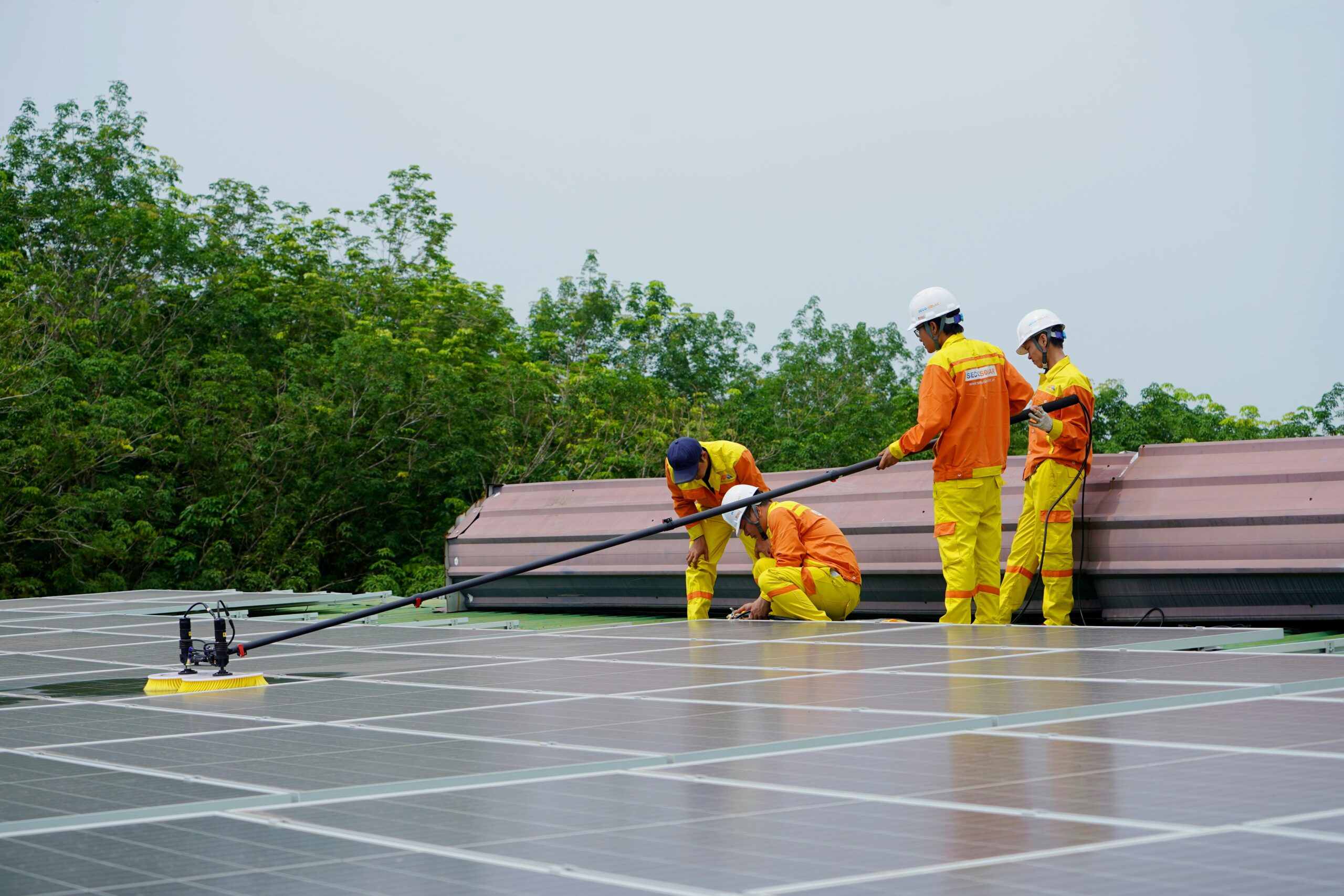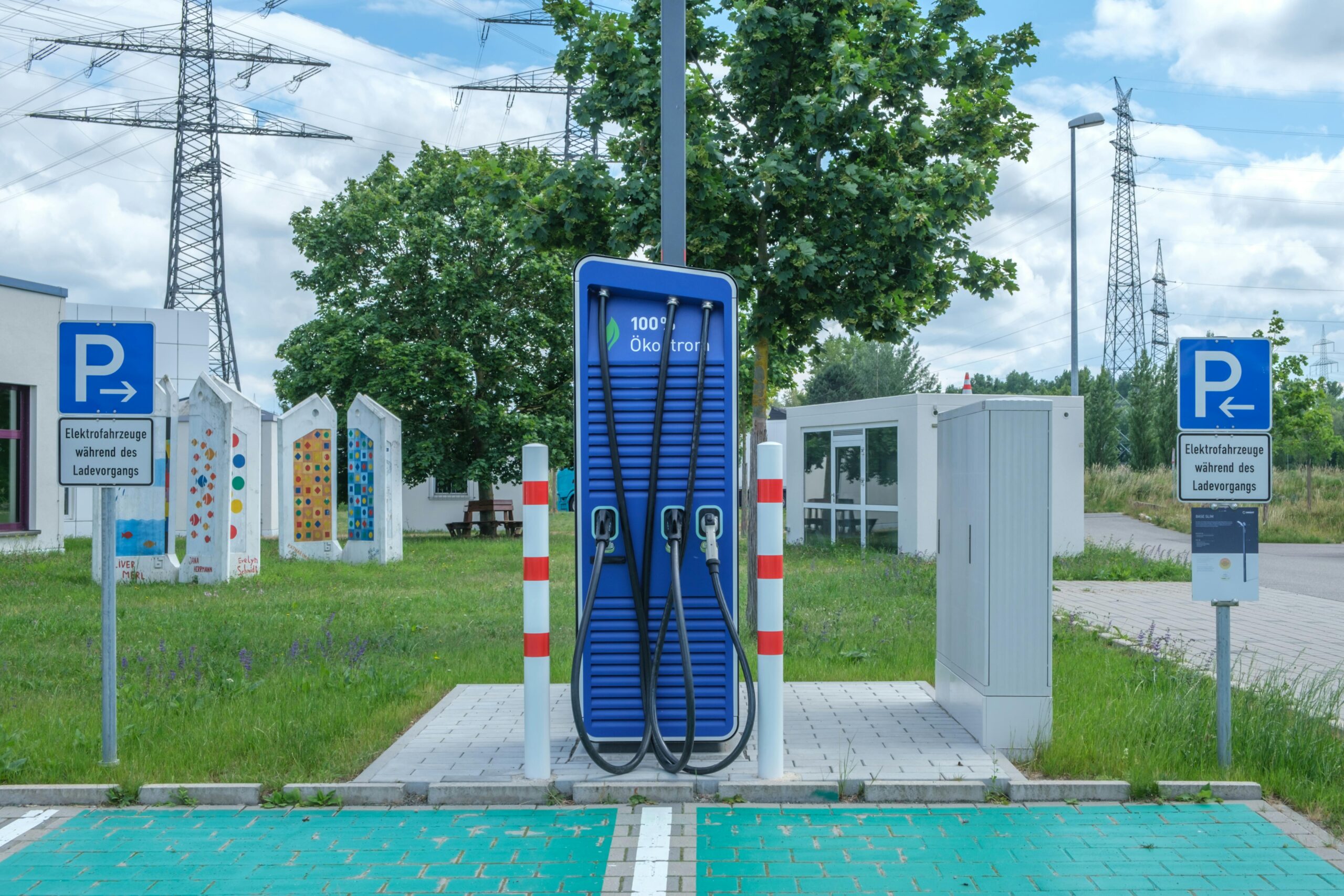Solar power is well-known for its role in generating clean electricity, but recent innovations have revealed diverse applications that extend far beyond the power grid. From water desalination to cooling systems and even agriculture, solar technology is evolving into new fields, creating sustainable solutions across industries.
1. Solar-Powered Water Desalination
One of the most promising applications of solar energy is water desalination, a process that converts saltwater into fresh water. Traditional desalination is energy-intensive, but solar-powered systems offer a sustainable solution by harnessing sunlight to produce the heat or electricity needed to drive the process. Solar desalination has particularly high potential in arid, coastal regions where freshwater scarcity is a major issue, such as the Middle East and parts of Africa. Innovations in concentrated solar power (CSP) and photovoltaic-powered desalination systems are making it more efficient to convert seawater, providing access to clean drinking water for communities and supporting agricultural needs.
2. Solar Cooling and Refrigeration
Solar cooling is an innovative approach that uses solar energy for refrigeration and air conditioning. This method typically involves solar absorption chillers, which convert solar heat into cooling, reducing the need for conventional electricity-driven air conditioners. Solar-powered refrigerators are essential in regions with limited grid access, helping to preserve perishable goods and medicines. For example, solar refrigeration is becoming increasingly critical for storing vaccines and other medical supplies in remote healthcare settings, where reliable refrigeration is essential.
3. Solar Drying for Agriculture
In agriculture, solar drying is a valuable application for preserving fruits, vegetables, and grains. Solar dryers use heated air generated from solar energy to dehydrate food products, helping reduce post-harvest losses. This technology enables farmers to store produce longer, reducing food waste and providing a stable food supply. Solar drying is not only sustainable but also affordable, especially for smallholder farmers in developing regions. Additionally, it improves food quality by eliminating the need for chemical preservatives.
4. Solar Cooking
Solar cookers are simple yet powerful devices that concentrate sunlight to cook food, providing an alternative to traditional cooking methods that rely on firewood or gas. In communities with limited access to clean fuel, solar cookers offer a low-cost, environmentally friendly way to prepare meals. Solar cooking reduces the need for firewood, cutting down on deforestation and improving air quality by reducing indoor smoke pollution. Several types of solar cookers exist, including box cookers, panel cookers, and parabolic reflectors, each tailored to specific cooking needs and climates.
5. Solar Water Heating
Solar water heaters use sunlight to heat water for residential, commercial, and industrial use. Unlike traditional water heaters, which require electricity or gas, solar water heating systems rely on solar thermal collectors, making them more sustainable and cost-effective over time. Solar water heating is especially popular in sunny regions where it provides an efficient, eco-friendly alternative to conventional water heating, saving energy costs for homes and businesses alike.
6. Solar-Powered Street Lighting and Infrastructure
Solar street lights have become popular in urban and rural settings alike, providing lighting without relying on the power grid. These systems use photovoltaic panels to charge batteries during the day, which then power LED lights at night. Solar street lighting has been particularly valuable in rural or remote areas where access to grid infrastructure is limited, enhancing public safety and security. Beyond street lighting, solar power is also used in other infrastructure applications, such as charging stations, traffic signals, and public benches equipped with USB charging ports.
7. Solar-Powered Transportation
Solar power is making strides in the transportation sector, with applications ranging from solar-powered electric vehicles (EVs) to solar-charging stations for public transportation. Solar buses and solar-powered trains are being tested in some cities as sustainable alternatives for mass transit. Additionally, companies are developing solar roofs for electric vehicles, allowing drivers to charge their EVs using solar energy while parked. This advancement could make solar-powered transportation more accessible and further reduce reliance on fossil fuels.
8. Solar Greenhouses for Agriculture
Solar greenhouses are designed to optimize light use, incorporating transparent solar panels that generate electricity while allowing sufficient sunlight for plant growth. These structures can help reduce agricultural energy costs, enhance productivity, and extend the growing season. In regions with low sunlight during winter, solar greenhouses equipped with energy storage provide a consistent power source, helping farmers maintain crop production year-round.
9. Solar-Powered Dehumidification
Solar dehumidification systems use solar energy to remove excess moisture from the air, which can be particularly valuable in humid climates or during rainy seasons. These systems provide an eco-friendly method to control indoor humidity levels, preserving building structures and preventing mold growth. Solar dehumidification is also used in industrial settings, particularly in agriculture and food processing, where maintaining dry conditions is critical.
10. Solar Hydrogen Production
One of the most innovative applications of solar power is in hydrogen production, where solar energy is used to split water molecules into hydrogen and oxygen. This process, known as solar-driven electrolysis, has the potential to create a clean and renewable source of hydrogen, which can be used as a fuel or in various industrial applications. Solar hydrogen is emerging as a promising solution for sustainable energy storage, especially in combination with other renewable resources, offering an alternative to fossil fuel-based hydrogen production.
Conclusion
As solar technology continues to evolve, its applications are expanding beyond conventional electricity generation to offer sustainable solutions across various sectors. From providing clean water to improving food preservation and developing sustainable transportation options, solar power is playing a transformative role in tackling pressing environmental and social challenges. With ongoing research and investment, the potential for solar energy to address diverse global needs is becoming increasingly promising, marking a crucial step toward a cleaner, more sustainable future.








Leave a Comment